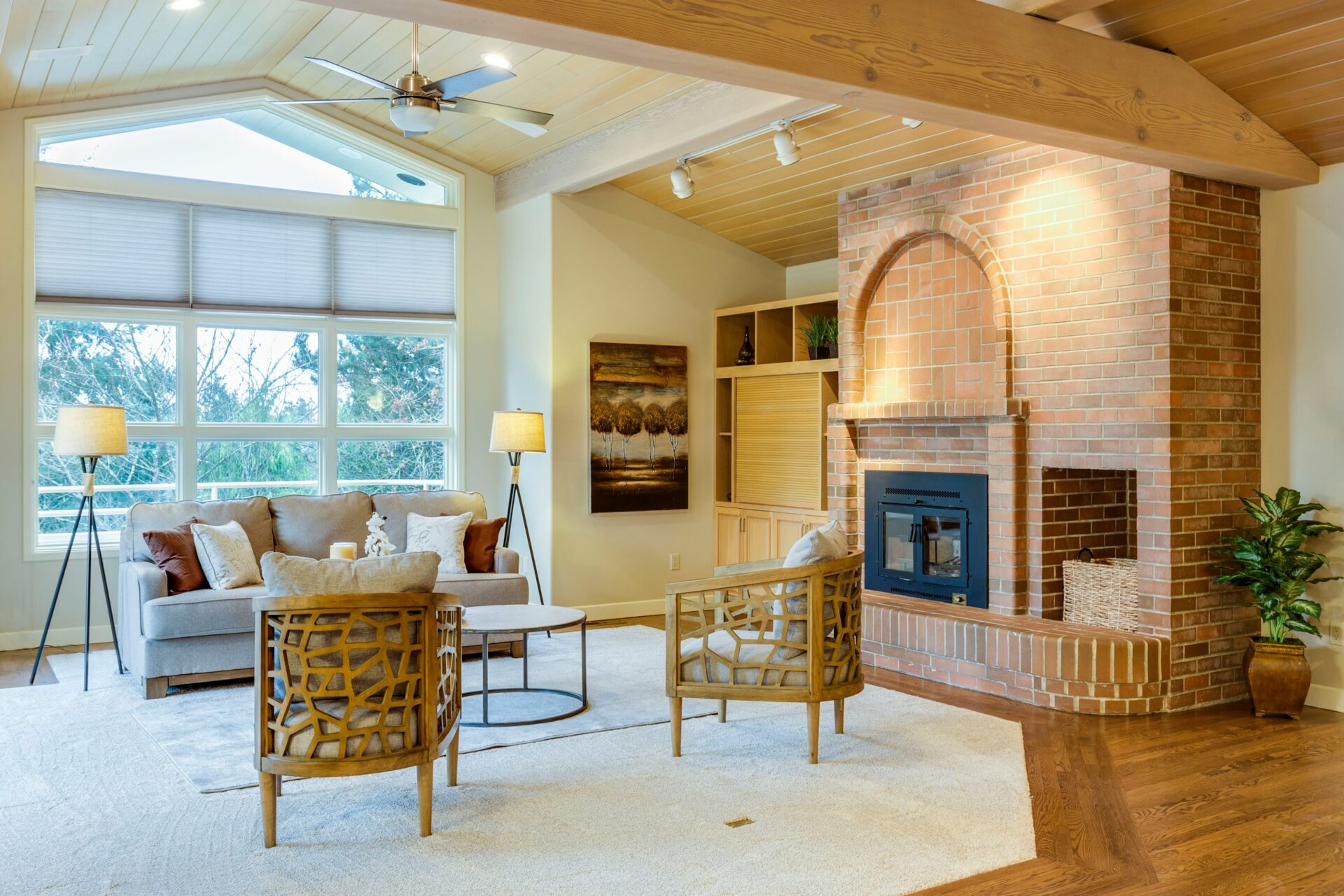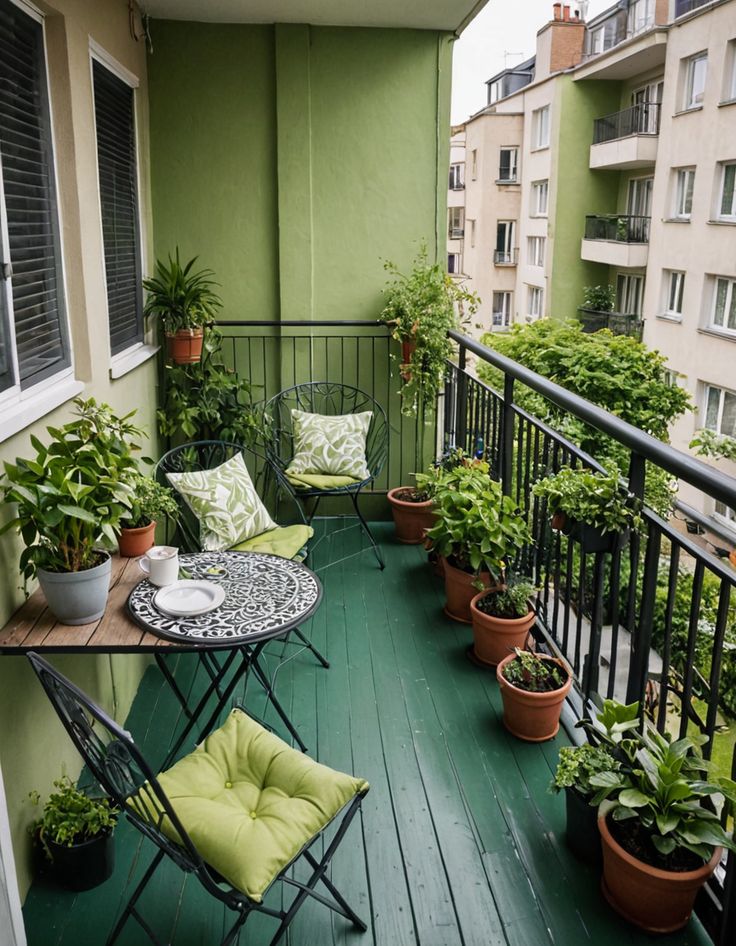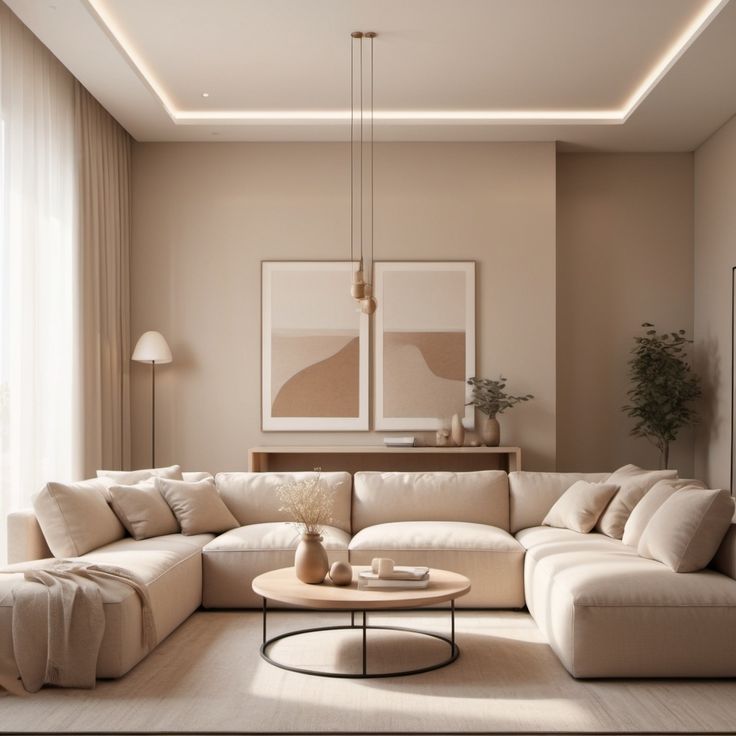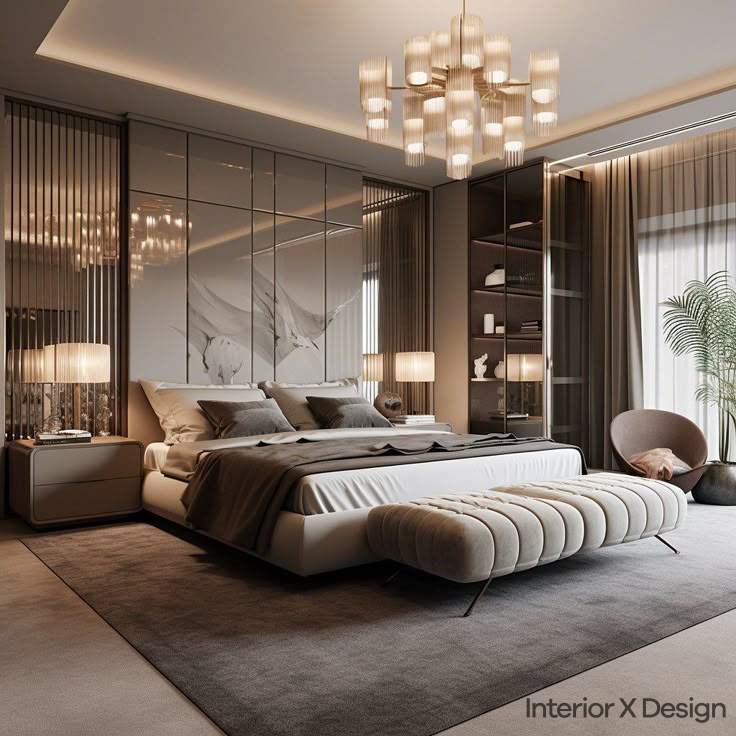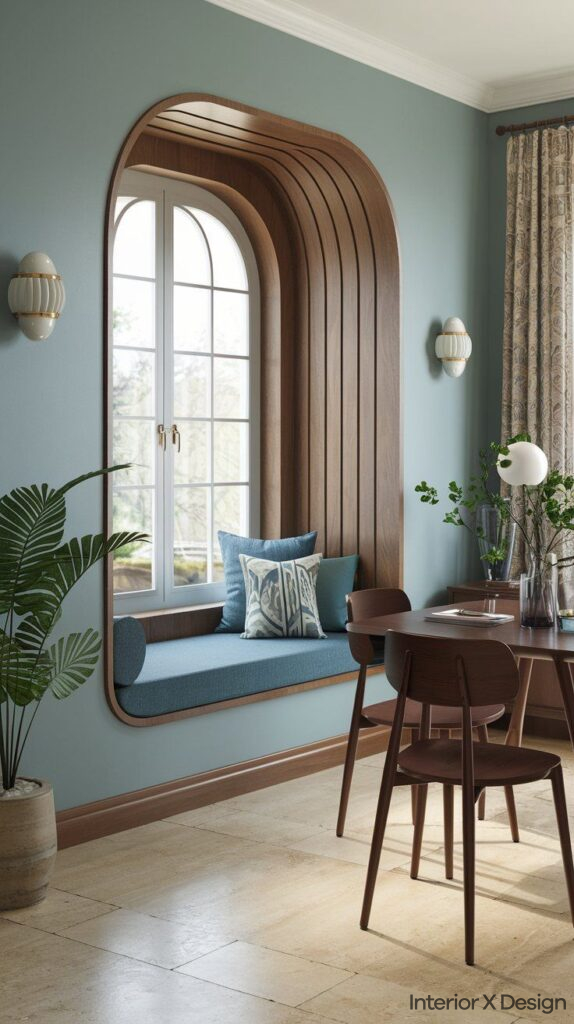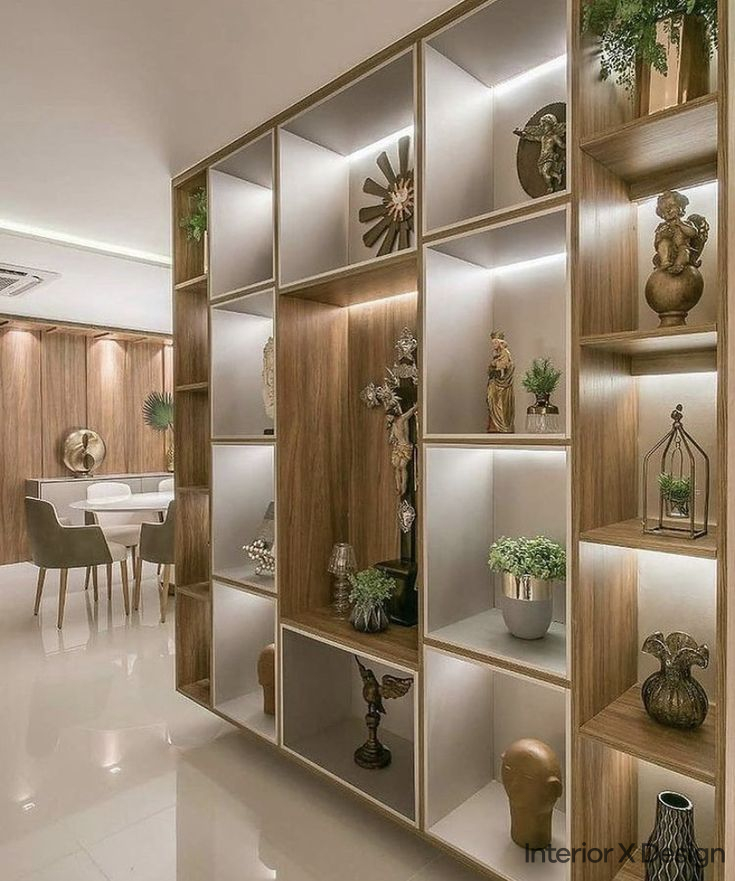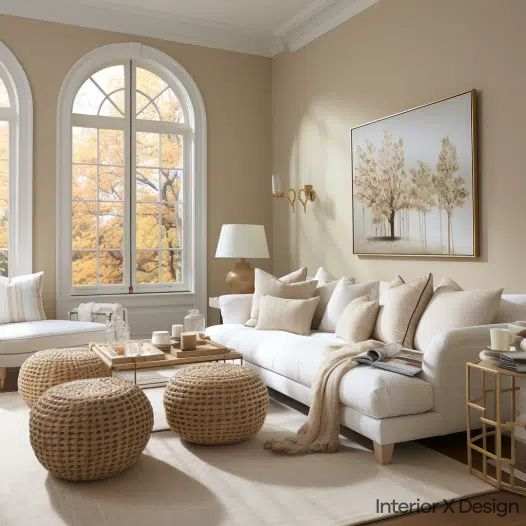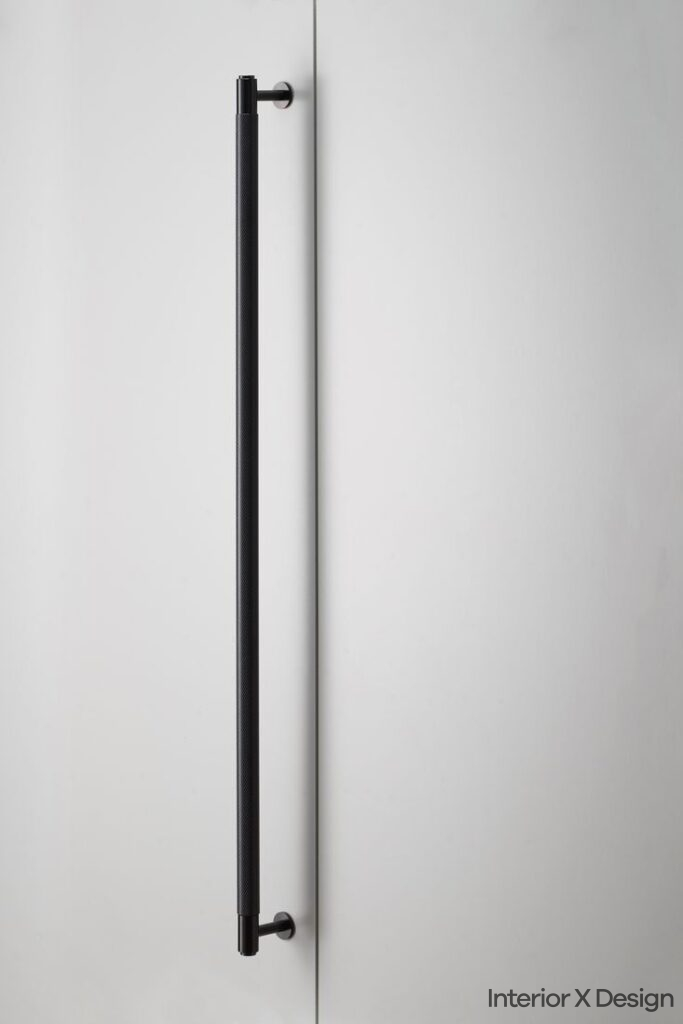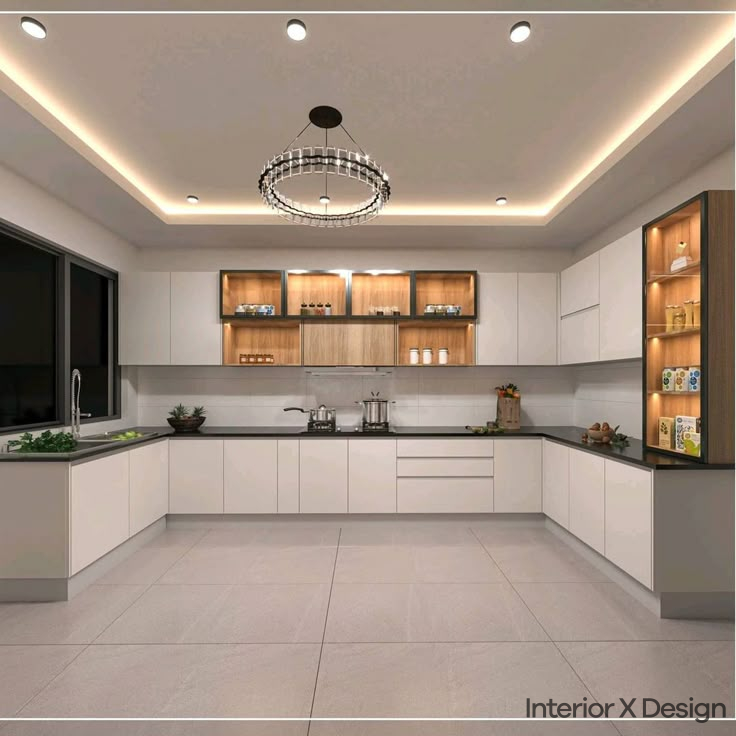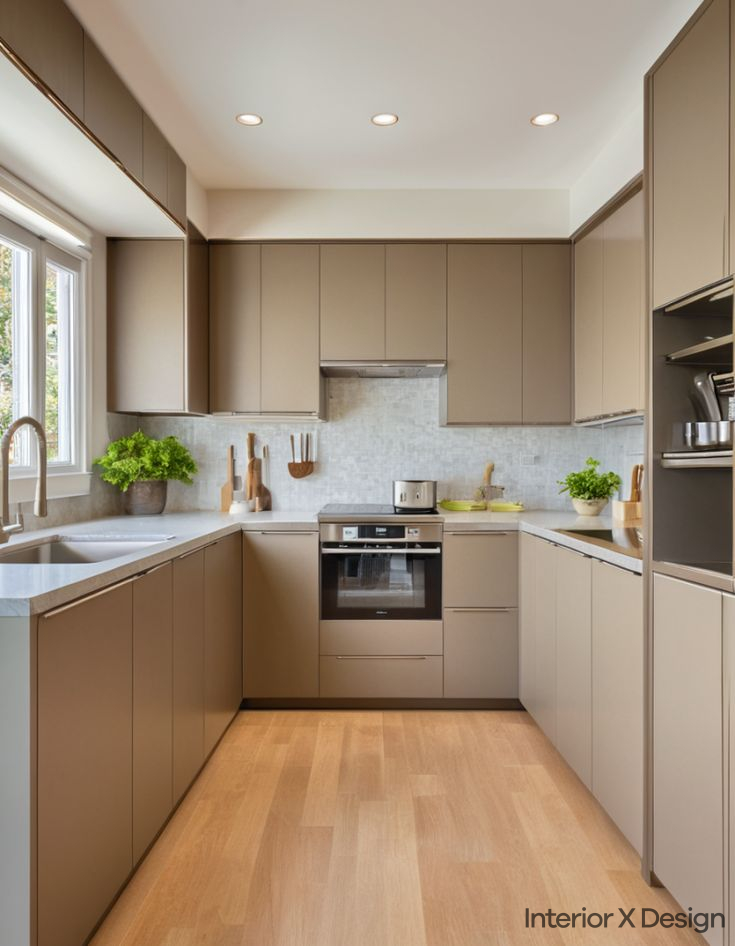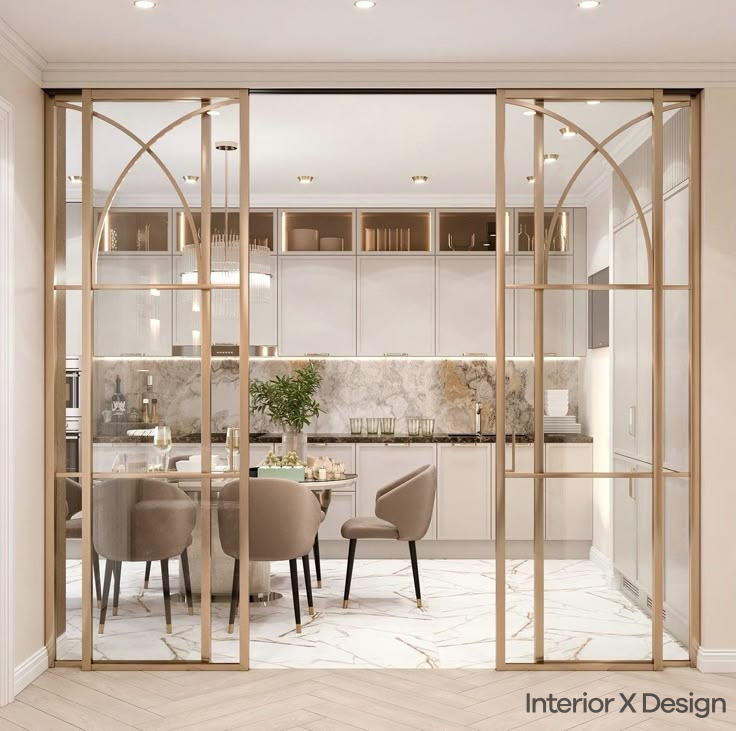Industrial interior design has gained massive popularity for its bold, urban aesthetic that combines exposed materials and practical elements. This style captures the essence of warehouses and factories, transforming homes into edgy yet comfortable living spaces. In this article, we explore the defining features of industrial interior design, the trend of exposed brick interiors, and how DIY enthusiasts can bring this look to life.
What Is Industrial Interior Design?
Industrial interior design celebrates the raw and unfinished look of industrial spaces. It incorporates materials like weathered wood, distressed leather, exposed brick, and galvanized metal. The goal is to create a balance between rugged textures and sleek modern finishes, resulting in spaces that feel both functional and stylish.
Key Features of Industrial Design:
- Exposed Brick: Walls stripped back to their bare bricks add character and history.
- Metal Accents: Black metal fixtures and galvanized steel furnishings add a modern, industrial edge.
- Natural Woods: Distressed or salvaged wood adds warmth and texture.
- Open Spaces: Large, airy layouts mimic the feel of warehouses and lofts.
- Practical Furnishings: Simple, functional furniture aligns with the utilitarian roots of industrial design.
The History of Industrial Interior Design
Industrial interior design originates from the adaptive reuse of old factories and warehouses in the mid-20th century. In the 1960s and 70s, artists in New York transformed these spaces into live-work studios, retaining original elements like exposed beams, pipes, and brick walls. Over time, this look became a sought-after style, blending the charm of vintage architecture with contemporary living.
Today, industrial interior design continues to evolve, finding its way into homes, offices, and commercial spaces worldwide. By mixing rugged materials with modern elements, it creates a timeless appeal.
Exposed Brick: The Star of Industrial Design
Exposed brick interiors are a hallmark of industrial design. They add depth, texture, and a sense of authenticity to any space. Here are some insights into why exposed brick is a favorite and how to incorporate it into your home:
Why Choose Exposed Brick?
- Visual Interest: Brick’s natural variations and imperfections make walls visually striking.
- Durability: Brick is long-lasting and low-maintenance.
- Versatility: It pairs well with various materials, including metal, wood, and glass.
How to Expose Brick Walls:
- Remove drywall or plaster to reveal the brick underneath.
- Clean the surface with a soft brush and soapy water.
- Seal the brick with a clear matte finish to protect it and enhance its natural beauty.
For renters or those without brick walls, faux brick panels or wallpapers are excellent alternatives.
DIY Trends in Industrial Interior Design
Bringing industrial design into your home doesn’t have to break the bank. Many elements can be achieved through simple DIY projects. Here are some ideas:
1. DIY Black Metal Accents
- Spray-paint old fixtures or furniture in matte black to achieve a factory-inspired look.
- Install black pipe shelving for a practical and stylish addition.
2. Repurposed Galvanized Metal
- Use vintage galvanized buckets as planters or storage bins.
- Turn a galvanized steel panel into a magnetic board for your office or kitchen.
3. Distressed Wood Projects
- Create a coffee table from reclaimed wood planks.
- Build a headboard using old barn wood for a rustic touch.
4. Lighting Enhancements
- Swap out traditional light fixtures for Edison bulb pendants.
- Install adjustable track lighting to mimic the ambiance of an urban loft.
5. Wall Art and Decor
- Frame vintage factory signs or blueprints for a nostalgic feel.
- Group industrial-style mirrors or metal wall art to create a focal point.
Achieving Balance in Industrial Design
While industrial interiors celebrate raw materials and rugged textures, balance is crucial to avoid a cold or overly stark environment. Here are some tips:
1. Add Soft Textures
- Use area rugs, throw blankets, and cushions to soften the space.
- Incorporate fabrics like linen or cotton for a touch of warmth.
2. Mix Old and New
- Pair vintage pieces with contemporary furniture.
- Combine industrial elements with modern finishes like marble or glass.
3. Incorporate Greenery
- Add plants in terra cotta pots or hanging planters to introduce life and color.
- Use air plants or succulents for a low-maintenance option.
Best Practices for Industrial Interior Design
To master the industrial look, follow these best practices:
- Highlight architectural features like beams, pipes, and brick walls.
- Use a neutral color palette dominated by grays, blacks, and browns.
- Mix and match textures for visual interest.
- Choose lighting that complements the industrial theme, such as metal pendants or exposed bulbs.
- Layer in personal touches to make the space feel inviting and unique.
Conclusion
Industrial interior design is a celebration of raw materials and functional beauty. Exposed brick, black metal accents, and DIY elements make it accessible and adaptable to any space. Whether you’re renovating a warehouse or a city apartment, the industrial style allows you to create a space that is both edgy and welcoming.
For more ideas and inspiration, visit Interior X Design. Discover how to transform your home into an industrial haven with practical tips and creative DIY projects.

